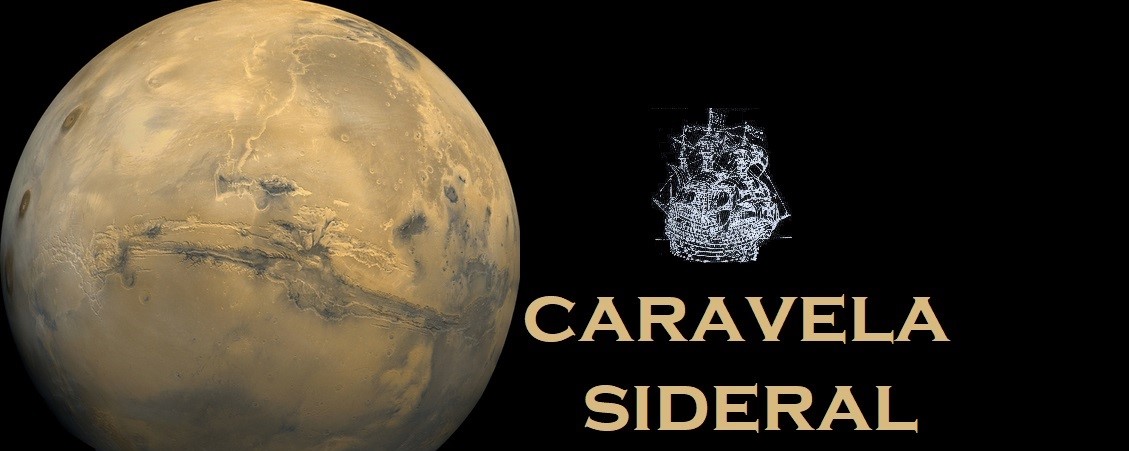July 25, Falcon 9, Mission Iridium-7, from Vandenberg, California. The Falcon 9 will put into orbit, at 625 kilometers of altitude, 10 satellites with a total weight of 8.6 tons.
August 2, Falcon 9, Mission Merah Putih (Telkom 4), an Indonesian satellite, will take off from Cape Canaveral, Florida.
August 18, Falcon 9, Telstar Mission 18 VANTAGE, launch from Cape Canaveral.
_________________________________________________________________________________
25 de Julho, Falcon 9, Missão Iridium-7, a partir de Vandenberg, Califórnia. O Falcon 9 vai colocar em órbita, a 625 quilómetros de altitude, 10 satélites com um peso total de 8.6 toneladas.
02 de Agosto, Falcon 9, Missão Merah Putih (Telkom 4), um satélite indonésio, descolará do Cabo Canaveral, Flórida.
18 de Agosto, Falcon 9, Missão Telstar 18 VANTAGE, lançamento a partir do Cabo Canaveral.
_________________________________________________________________________________
06 de Agosto, Delta IV Heavy, Missão Parker Solar Probe, a partir do Cabo Canaveral, Flórida.
 |
| Parker Solar Probe, another historic NASA mission. / mais uma missão histórica da NASA. Imagem NASA |
_________________________________________________________________________________
25 de Julho, Ariane 5, Missão VA244, composta por 4 satélites da constelação Galileo, descolagem a partir de Kourou na Guiana Francesa.
 |
| Imagem Arianespace |
_________________________________________________________________________________
21 de Agosto, Vega, Missão VV12, satélite Aeolus, descolagem de Kourou.
 |
| Weather Satellite /Satélite meteorológico, Aeolus. Imagem ESA |

































